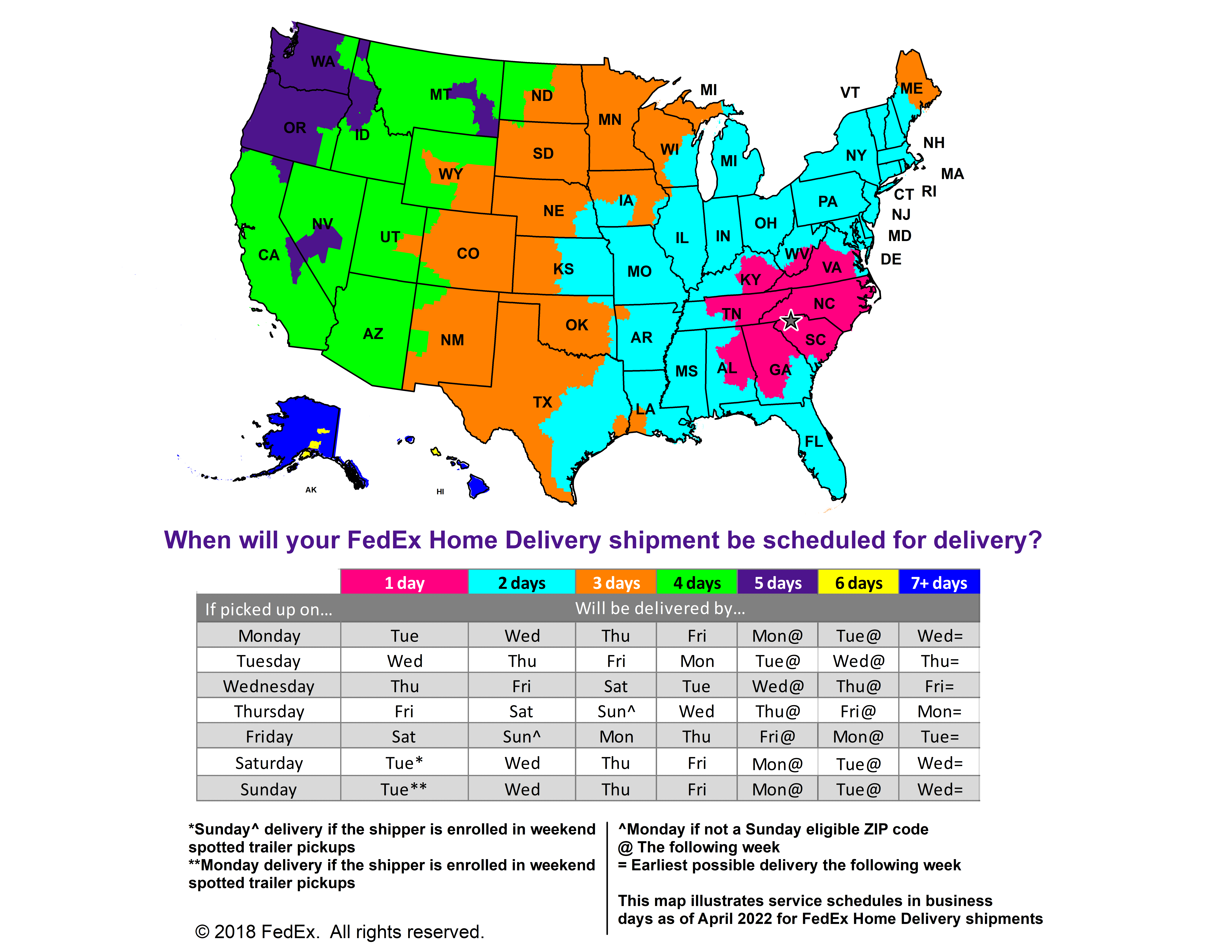How to Pick the Right Paint Brushes and Rollers
For a first-time painter, the variety of types of paint brushes and rollers available to consumers can be rather daunting. Do you need a 2-inch brush or a 4-inch? Angled or straight? And, what the heck is “nap?” For the most part, the staff people at hardware and home renovation stores are incredibly helpful, but it doesn’t hurt to go in with a basic understanding of what you’re looking for. For all of the nervous novices out there, today we’re sharing how to pick the right paint brushes and rollers for a nearly professional looking paint job.
First of all, let’s talk quality. For a high quality paint job you should never use the lowest priced products. These cheap choices differ in quality substantially and not only compromise how the finished product looks, but also increase the amount of time it takes to finish the job because of dealing with more drips, runs, and brush bristles being left behind in the paint.
The quality of the paint brush and rollers also matters because they hold and distribute the paint differently. If you’re inexperienced, a higher quality brush can help you paint a straighter line because the bristles maintain their shape and hold the paint in a more consistent manner.
All in all, a very expensive brush is probably unnecessary to a beginning painter because you might not ever use it again. Many people might only paint the interior of their home once or twice while they live there so owning something that was made to last for a professional doesn’t really make it worth the extra cost if you only use it for a few projects. For a good quality finish, a mid-grade brush and roller will be sufficient.
Second of all, let’s discuss size and shape:
- Our in-house experts recommend a 2.5-inch, angled paint brush for the most versatility and control. The angle allows you to get a nice, sharp edge when you’re cutting in around trim, floors, and ceilings.
- In regards to the roller, for walls, choose a roller that’s 7”-12” wide.
- A good, mid-grade brush choice will have nylon or nylon/polyester blend bristles – the softer the bristles, the smoother your final finish will be.
- For rolling out paint on your average, sheet-rock wall, a polyester roller sleeve (aka “cover”) with a nap of 3/8” – ½” will suffice.
Finally, make a list before you go to the store and make sure to write everything down- square footage that needs to be painted, finish that you want, (Eggshell, Satin, Flat, etc), all the supplies that you’ll need for the project, and questions you need to ask someone while you are purchasing everything. Go over this list many times before you go because it’s no fun to have to quit working and run back to the store when you’ve hit your stride and are ready to get your project done.
Again, it’s always a good idea to ask for help from someone in the paint department if you really have no idea what products you should buy. And, if you want to make it as easy as can be – you can do it all from home with the help of ECOS Paints. You can select free color samples of our non-toxic paint, use our paint calculator to figure out exactly how much you need, and consult with our experts to make a checklist of supplies you’ll need for your project. We’re happy to help however we can! Order your free samples today!
NOTE: These tips are for general wall-painting projects using water-based paint. If you’d like advice for a different type of project, let us know in the comments and we’ll address those in future blog posts!


























